Is your favorite country in Europe actually as safe as you think it is? Travelers might be shocked to hear that countries in regions perceived to be dangerous, like Uzbekistan and Qatar, are actually deemed less dangerous for tourists by the United States Department of State than “safe” countries in Europe such as France and Italy.
The State Department issues travel warnings ranging from “Level 1: Exercise Normal Precautions” to “Level 4: Do Not Travel.” All of the countries on this list have at least “Level 2: Exercise Increased Caution” or above, suggesting that there may be more than meets the eye.
The travel warnings for these European countries will surprise you:
1. France

Travel advisory: Level 2: Exercise Increased Caution
The US Department of State recommends using heightened awareness in France due to terrorism and civil unrest. The country known for food and fashion is no stranger to public unrest, seeing clashes between protesters and riot police as recently as May 2024.
Additionally, major cities in France, such as Paris, struggle with pickpocketing and phone theft. If France’s travel notice worries you, consider Luxembourg instead, which has a similar feel and a Level 1 safety status.
2. United Kingdom
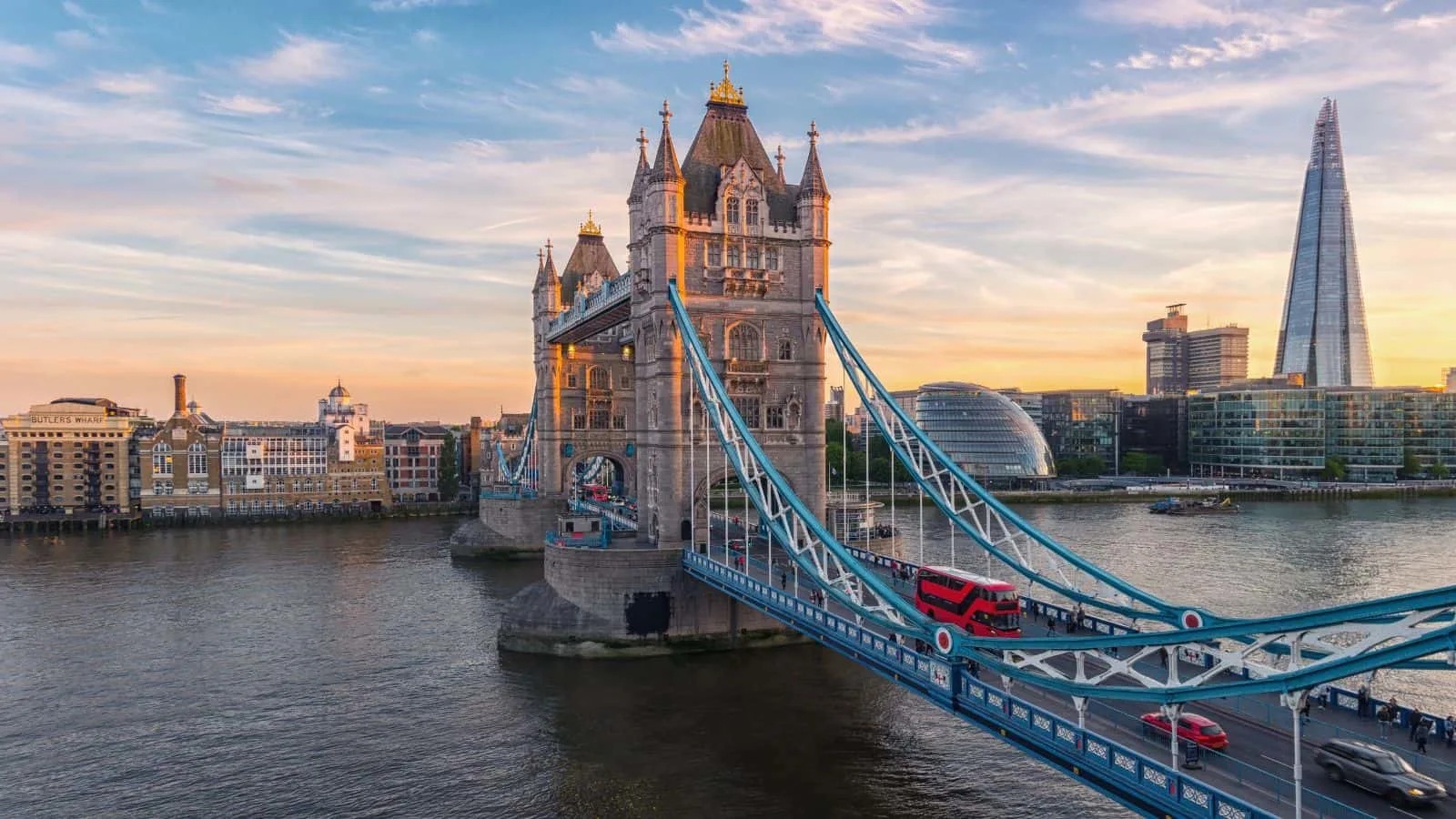
Travel advisory: Level 2: Exercise Increased Caution
Overall, the United Kingdom is a safe country to travel to. Still, the risk of terrorism, along with isolated violence in Northern Ireland, gives the Department of State some pause in giving this country a lower status.
You don’t need to cancel your trip over this warning, but should stay aware of your surroundings, especially at tourist attractions and in crowds in major cities like London.
3. Italy

Travel advisory: Level 2: Exercise Increased Caution
There’s a lot to love about Italy, from its stunning coastal towns and historic city centers to its undeniably delectable cuisine. Unfortunately, the threat of terrorism in the country isn’t one of them, according to the Department of State.
You shouldn’t panic—Italy is still mostly safe to visit outside of some pickpocketing and petty theft—but should stay aware of your surroundings.
4. Belarus
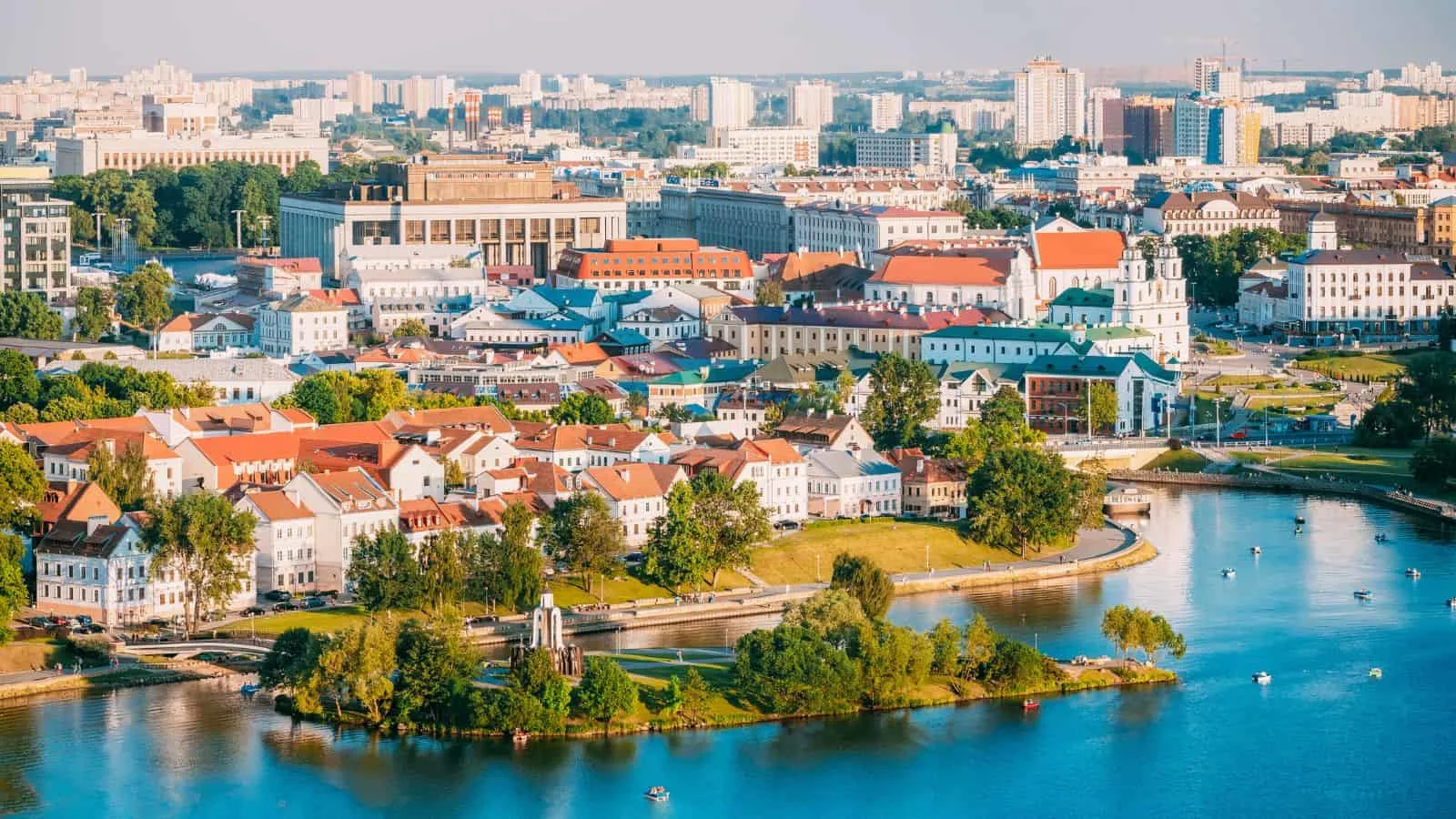
Travel advisory: Level 4: Do Not Travel
Belarus has been deemed so unsafe that the State Department suspended all US Embassy operations in Minsk in February 2022, ordering all government employees in the country to depart immediately.
The State Department has a host of reasons that the authoritarian country shouldn’t be traveled to, writing at a high level, “Do not travel to Belarus due to the Belarusian authorities’ continued facilitation of Russia’s war against Ukraine, the buildup of Russian military forces in Belarus, the arbitrary enforcement of local laws, the potential of civil unrest, the risk of detention, and the Embassy’s limited ability to assist U.S. citizens residing in or traveling to Belarus. U.S. citizens in Belarus should depart immediately.”
For a safer trip with a similar feel, explore other post-Soviet countries in Europe, such as Lithuania.
5. Kosovo
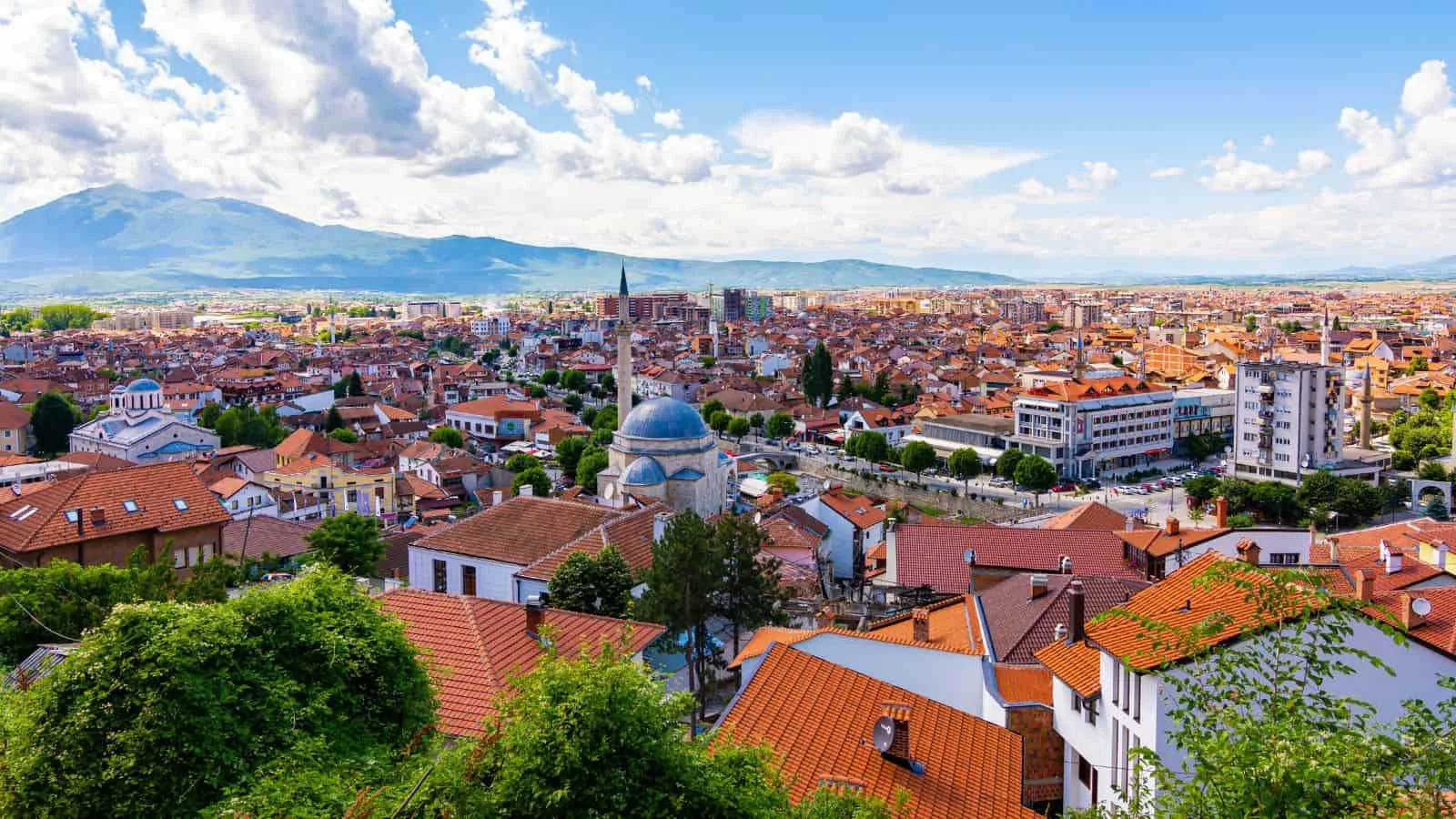
Travel advisory: Level 2: Exercise Increased Caution
The small nation of Kosovo has two different travel advisories. A Level 2 warning has been issued for the whole country due to terrorism. Meanwhile, North Mitrovica, Leposavic, Zubin Potok, and Zvecan have an escalated “Level 3: Reconsider Travel” advisory for conflict caused by ethnic tensions.
If this worries you, visit Montenegro, which borders Kosovo, instead. Montenegro currently has a Level 1 warning.
6. Russia
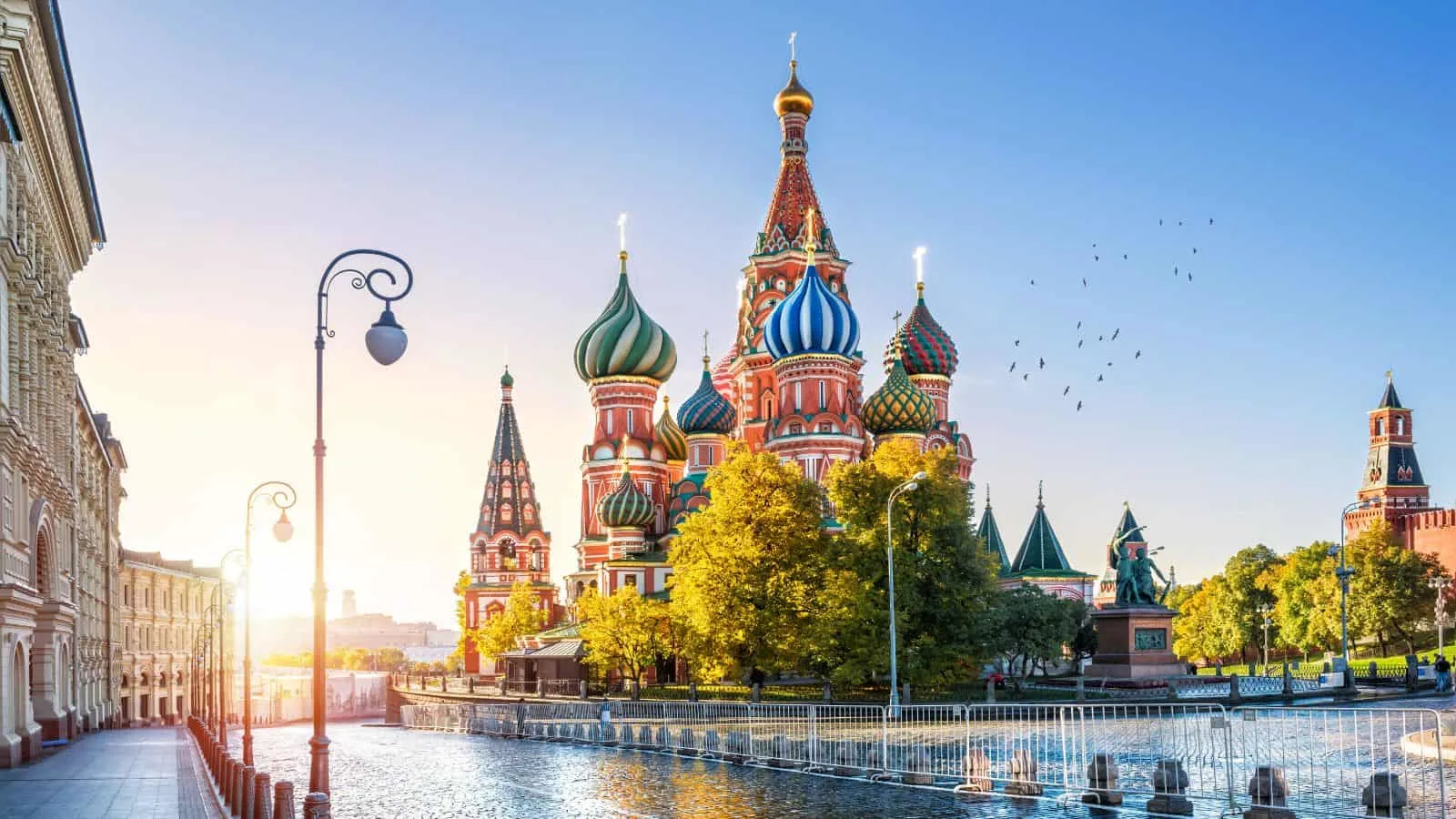
Travel advisory: Level 4: Do Not Travel
It probably goes without saying that Russia isn’t currently safe for US citizens to travel to. Evan Gershkovich, a Wall Street Journal reporter, still remains detained in the country, along with other Americans like Paul Whalen, a corporate security executive.
Beyond that, US credit and debit cards no longer work in the country, the right to peaceful protest is not protected, and fighting occurs along some of the country’s border.
Though it may be dangerous to go to Russia right now, it’s perfectly safe to travel to Kazakhstan nearby.
7. Spain

Travel advisory: Level 2: Exercise Increased Caution
One of Europe’s most popular summer vacation spots, Spain receives a Level 2 travel advisory for terrorism and civil unrest.
Demonstrations for political or economic issues are common. These protests often take place around “politically significant holidays” and major events. While you shouldn’t waive away your Spanish vacation, avoiding these dates will lower your risk.
8. Ukraine

Travel advisory: Level 4: Do Not Travel
Ukraine has been the subject of many headlines over the last couple of years due to Russia’s war against it. As a result, the country is totally unsafe for travel right now.
Until the country is safe to visit again, consider visiting Romania or Bulgaria, which have Level 1 advisories and a similar feel.
9. Bosnia and Herzegovina
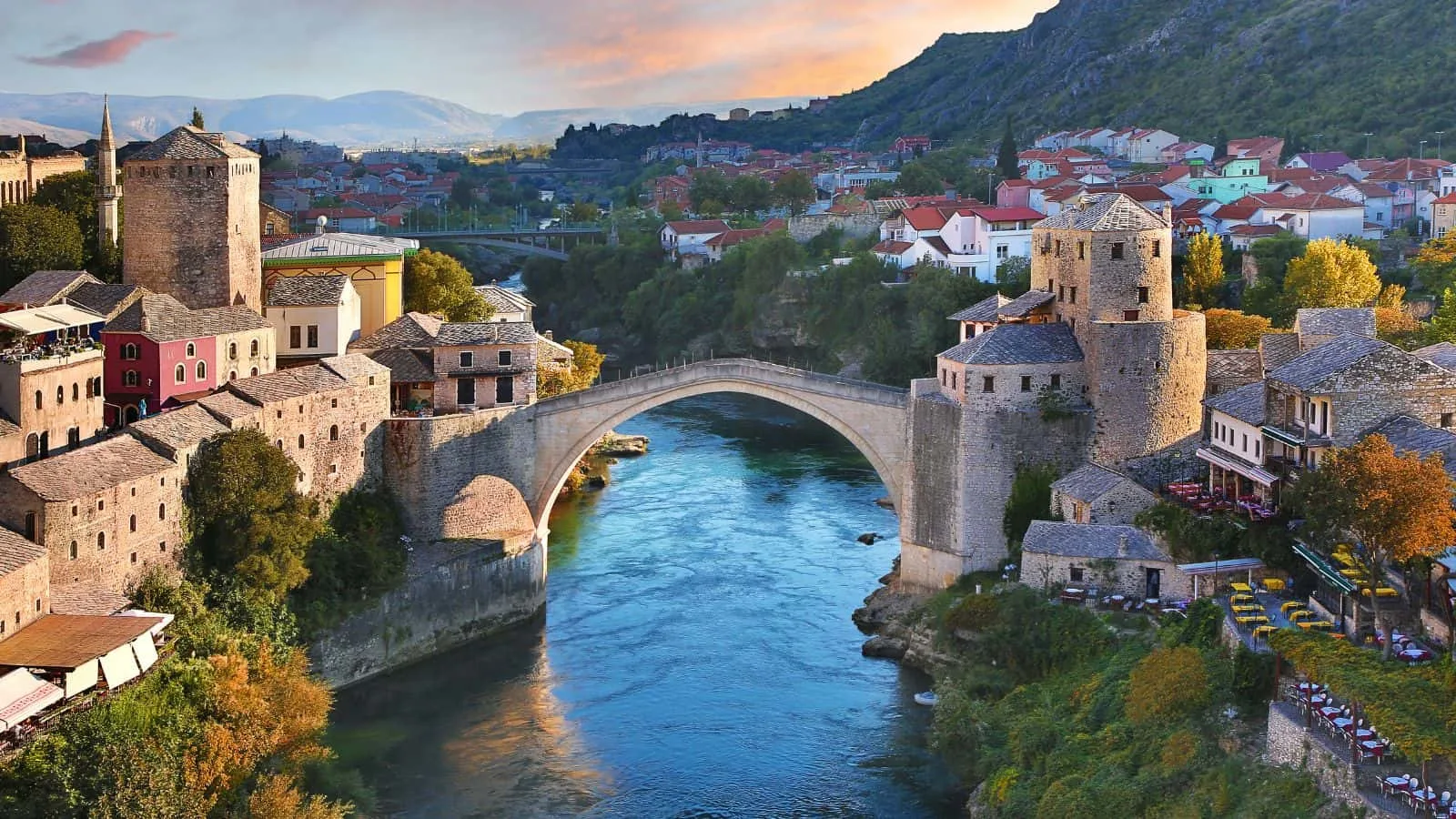
Travel advisory: Level 2: Exercise Increased Caution
Don’t be misguided by this travel advisory. Overall, Bosnia and Herzegovina is a safe country to travel to. This advisory was issued due to the risk of terrorism and land mines. For the most part, land mines left over in the country are clearly marked.
Your biggest risk of encountering an unmarked land mine is while hiking. Stick to clearly marked, well-frequented paths to avoid risk.
10. Moldova

Travel advisory: Level 2: Exercise Increased Caution
Not unlike other countries on this list, safety in Moldova isn’t a monolith. Overall, the small country has a Level 2 advisory, deeming it mostly safe for visitors. Still, Transnistria, an autonomous breakaway region, has a Level 3 advisory due to “the unresolved conflict with the central government and the armed conflict in neighboring Ukraine.”
The answer to staying safe in Moldova is simple: Stick to major cities and tourist regions, avoiding Transnistria and border areas with Ukraine.
11. Turkey
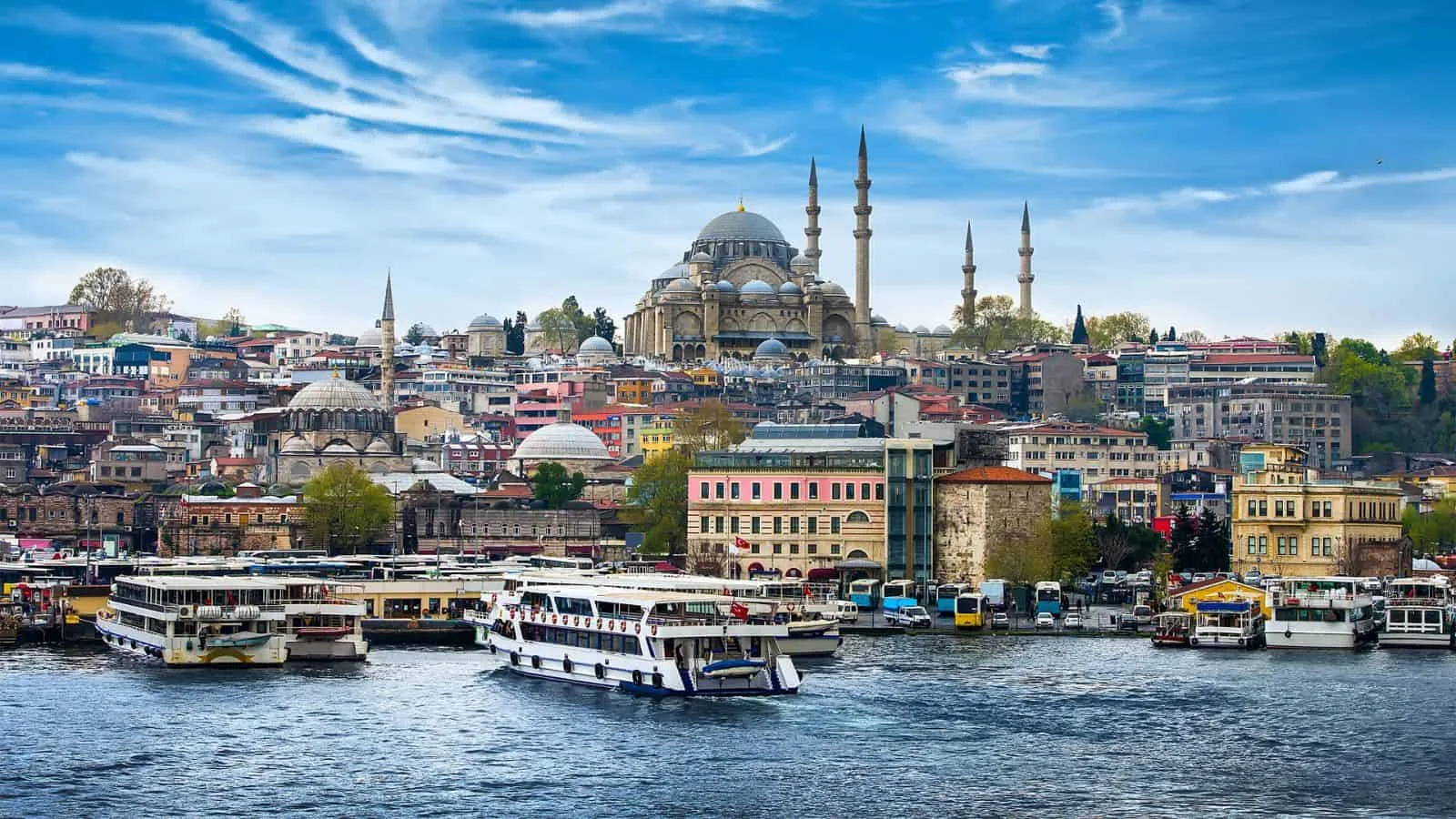
Travel advisory: Level 2: Exercise Increased Caution
Overall, Turkey’s top cities for tourists, such as Istanbul and Cappadocia are safe, save for some petty pickpocketing and typical tourist scams. If you stick to the beaten path, you’ll have an amazing time in Turkey trying delicacies such as pidem and baklava while taking in historic sites like the Hagia Sophia and Blue Mosque.
The biggest threat to safety in Turkey isn’t in these areas but is further away in the Sirnak province, Hakkari province, and the border with Syria. For several unsavory reasons, these areas have Level 4 travel advisories.
12. Sweden
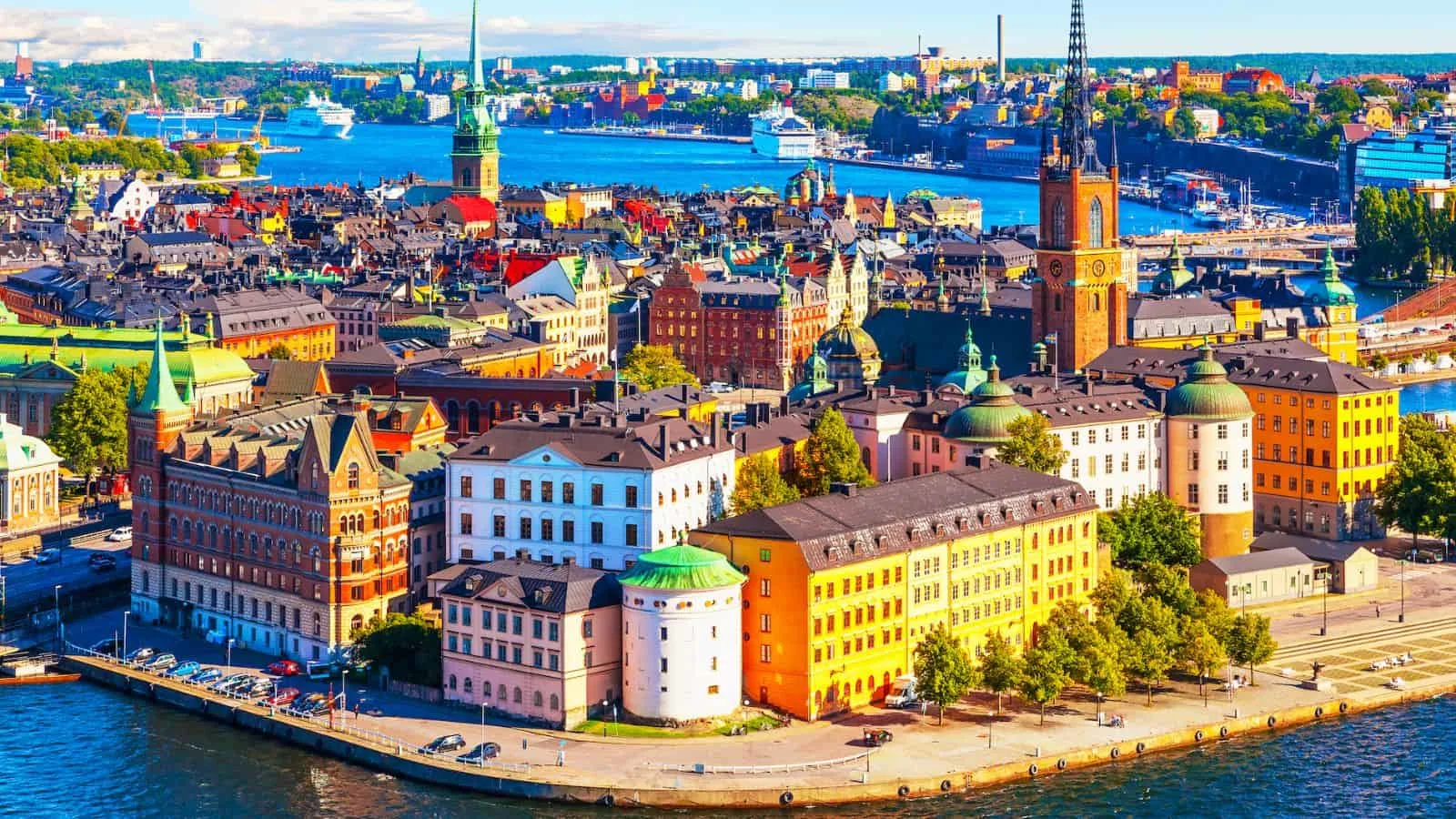
Travel advisory: Level 2: Exercise Increased Caution
Scandinavia is often seen as one of the safest regions to travel to in Europe for its progressive social policies and cleanliness. Sweden’s Level 2 status may have come as a surprise to those who have visited the peaceful country.
To be clear, Sweden’s Level 2 status isn’t because of crime or other everyday dangers that would impact tourists. Instead, the country has the advisory for the possibility of terrorist attacks, much like other otherwise safe countries in Europe.
13. Albania
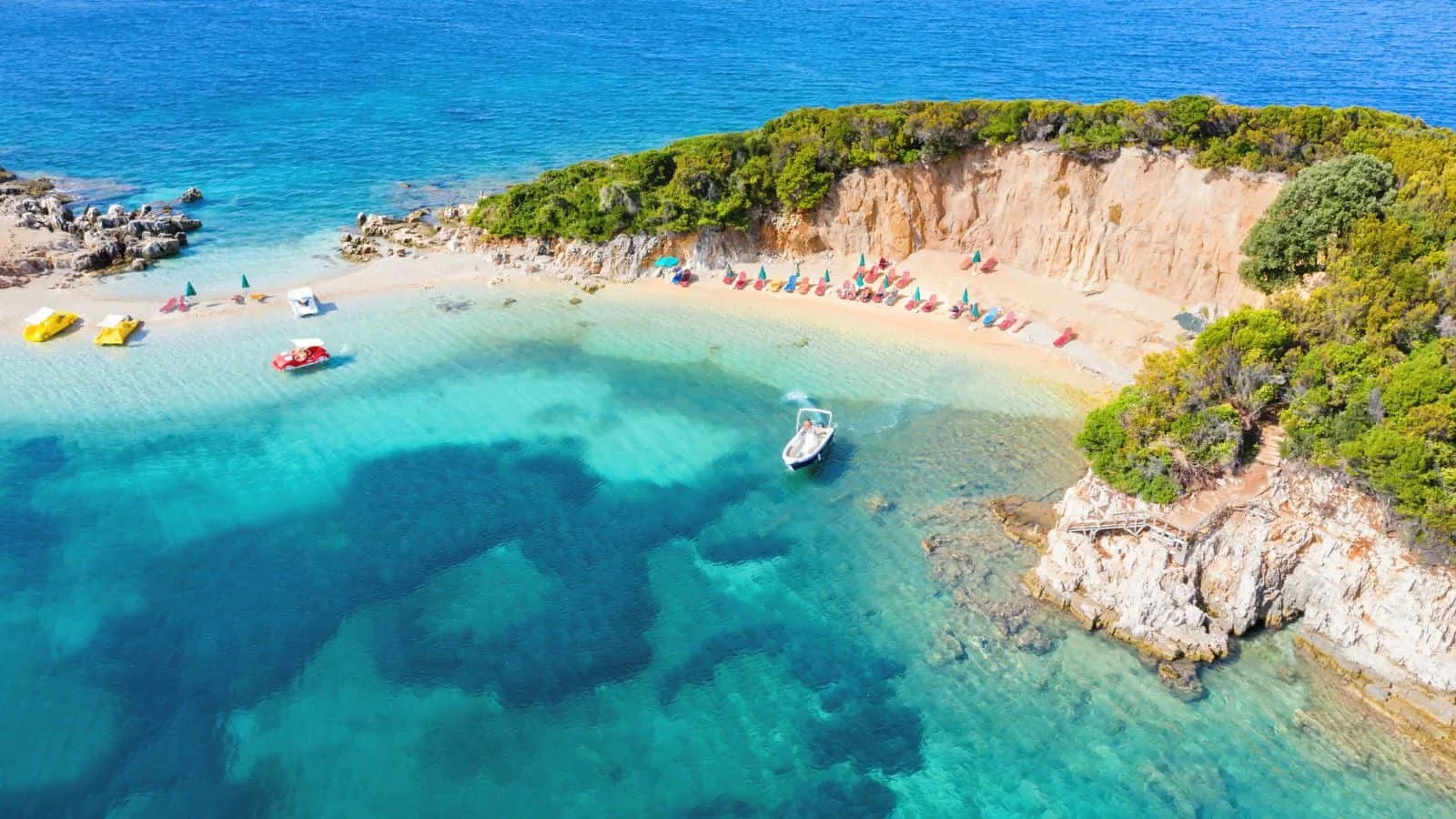
Travel advisory: Level 2: Exercise Increased Caution
Some might say that the greatest danger you’ll face in Albania is on the roads due to the country’s hectic driving, but the State Department says otherwise. Albania’s Level 2 travel advisory is due to crime, mostly as a result of the drug trade there.
If you choose to visit the Balkan country, don’t go looking for trouble, and it likely won’t find you outside of some petty pickpocketing.
These countries are too dangerous to travel to

Some countries don’t just require a little extra caution to navigate—they simply shouldn’t be visited at all.
9 Countries Too Dangerous for Travel, According to the US State Department
Some US cities are struggling with safety

In recent years, these US cities have seen the largest downfall, according to their residents.
These Dangerous US Cities Have Fallen the Most in Recent Years

Elise Armitage is an entrepreneur and founder of What The Fab, a travel + lifestyle blog based in California. At the beginning of 2019, Elise left her corporate job at Google to chase her dreams: being an entrepreneur and helping women find fabulous in the everyday. Since then, she’s launched her SEO course Six-Figure SEO, where she teaches bloggers how to create a passive revenue stream from their website using SEO. Featured in publications like Forbes, Elle, HerMoney, and Real Simple, Elise is a firm believer that you can be of both substance and style.



